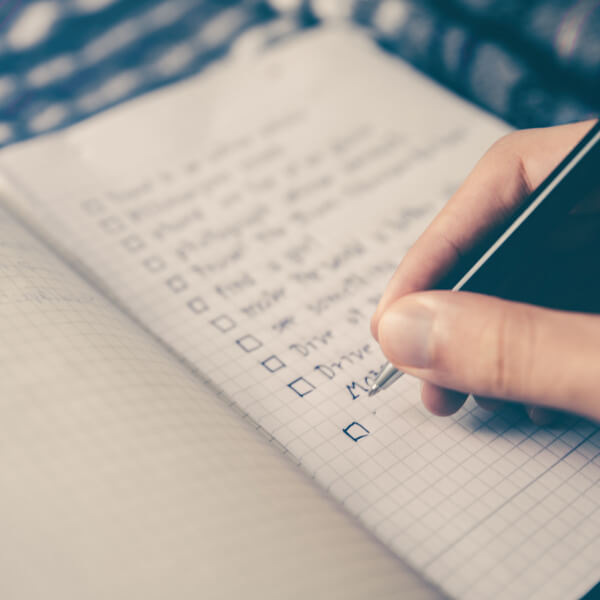Preparing a page brief
Are you planning to build a campaign or product page, but not sure what needs to be included? Find an easy checklist below to ensure that you don't miss out on any elements.
What to include in a page brief?
Different elements are required depending on the "type" of page. You will need to specify beforehand what kind of page you are planning to build.
Choose between these 6 types of pages:
Industry Page, Category Page, Application page, Product Page, Article/Insights/Focus area page, Campaign page.
Each type of pages are formatted differently, so it is important to decide on the purpose of your page, prior to designing it.
No matter the page type, you will need to think about and prepare the items on this checklist.

- Title
- Written content
- Media content: Images, videos, icons, and illustrations
- Contact form
- Crosslinks
- Special layout requests
- SEO details: titletags and metadescription
Page brief format
Page briefs can be sent in PPT or Word format. It's important to use a format that makes it easy to collaborate and annotate since there will likely be multiple rounds of edits.
Title
Industry/Category/Application pages all follow a fixed naming convention so you do not need to come up with a specific title for these pages. Are you making a campaign page? Then, you must choose a title - and follow these guidelines:
1. The tile must accurately represent the content/topic of the page.
2. Limit it to 60-66 characters.
3. Ensure it is unique (i.e. it has not already been used for a Novozymes page).
4. Include relevant keywords for good SEO practice.
Written content
When writing content for a website, it is important to always connect with purpose. Consider the audience and purpose of each paragraph within a page. Keep the text concise and informative. Be aware of Novozymes tone and make sure to include relevant keywords within your text, where it makes sense.
Always connect with purpose. Consider the audience and purpose of each paragraph within a page. Keep the text concise and informative. Be aware of Novozymes tone and make sure to include relevant keywords within your text, where it makes sense.
Media content: Images, videos, icons, files and illustrations
Make sure to gather all your media files, prior to editing a page. Source content from our available media ressources, and ensure it matches your written content.
Make sure your files respect the media specs and are optimised for SEO (see guidelines here).
Please ensure that you have the right to distribute the media (i.e check copyrights for media content and check whether the files are free to share or not).
Contact forms
Most pages include call-to-actions in the shape of contact forms so that visitors can reach out if they have any questions. We have general contact forms that are directed to the relevant leads for each industry however, you may want to consider implementing your own contact form, for a specific campaign.
Should the form have a special field that is different to our regular form? Should the filled-in forms be sent to a specific person within Novozymes? These are the questions that you need to address when deciding what contact form will be assigned to your new page. You can find out more information about contact forms here.
Crosslinks
Crosslinking is a practice whereby you include hyperlinks within your page to different related Novozymes pages or external pages. This is good SEO practice and should be considered when writing content for a new page. Always link the sources to your content, when possible.
Does your campaign page mention a particular product or application? If so, make sure to add a hyperlink for it.
Special layout requests
If you have any specific ideas about how your page should look, make sure to include it in the brief. This includes possible modules used, background colours, display of media or title size etc. You are welcome to link to other Novozymes pages or include screenshots as an example. The more feedback given in a brief, the easier it is to build a page in a way that matches your expectations.
SEO details: Titletags and meta description
Each page has "meta details" assigned to it, for the purpose of search engine optimisation. You will need to consider these when building a page.
The most important elements are the title tags and meta description. The title tag of a page is the title that displays on search engine results pages (SERPs). The meta description of a page is the short description that displays below the title tag. These are important as they are the main reason users do or don't click through to your content.
Find out how to write and add titletags and metadescriptions here.